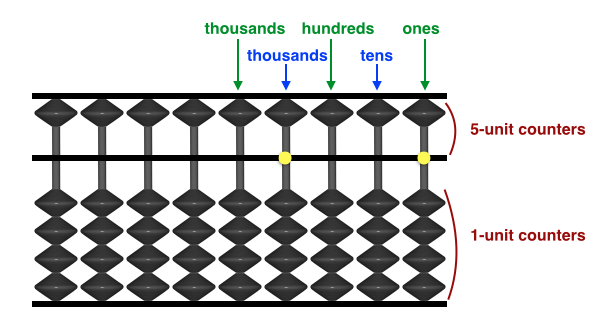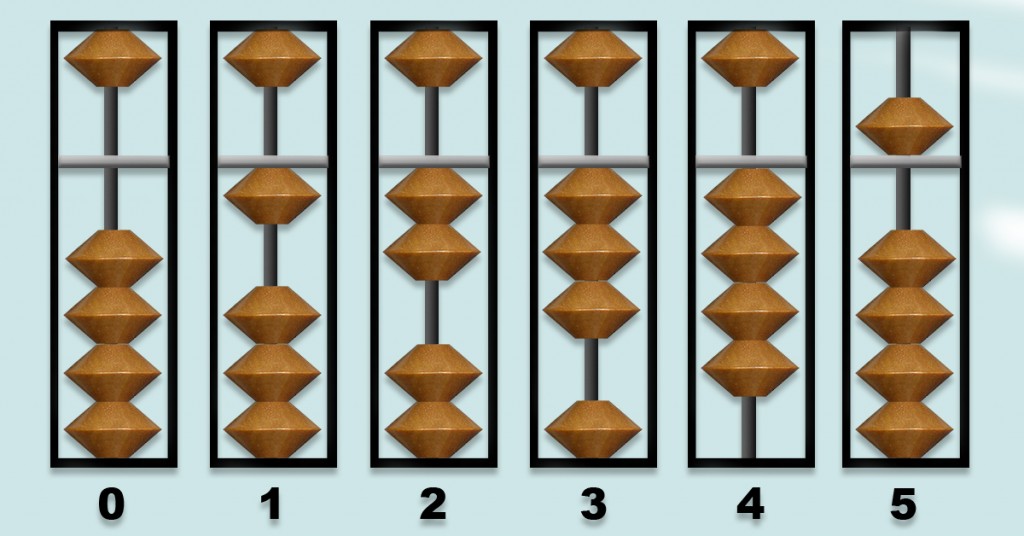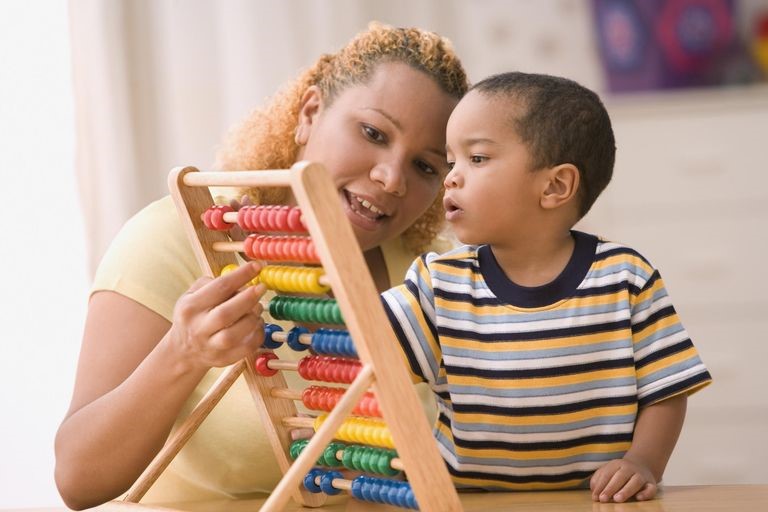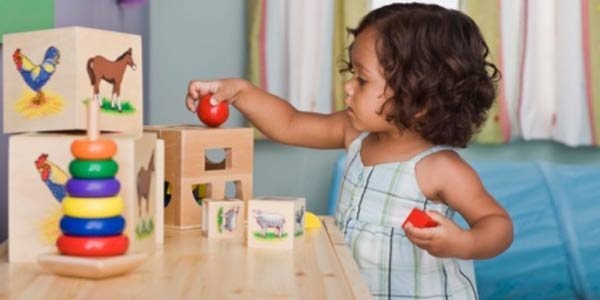You’ve Been Learning Maths The Wrong Way
You’ve Been Learning Maths The Wrong Way

Have you ever heard of the Sato Soroban Method?
Sometimes called the Japanese abacus, the Soroban is a fantastic aid to gaining an understanding of how numbers work. For centuries, the abacus was to merchants and bankers what a calculator is to us today.
To illustrate how, here is a basic Soroban Abacus Tutorial
The device uses beads to represent numbers, and learners can move the beads up and down to perform arithmetic. The white horizontal bar separates the top beads from the bottom beads. You can think of the bottom beads as 1s and the top beads as 5s.

In terms of placement, you can see in the diagram that none of the beads are touching the bar, meaning this represents 0. Once you lift the first bead, you’re moving from 0 to 1. Lift another one up and you’re going from 1 to 2, then 3, and 4 after that.
Put all the beads back to their original places (i.e. back to 0). Now, move the top bead down – this would be 5. So, if you start moving the bottom beads up one place at a time, you go from 5 to 6, then 7, then 8, then 9 after that.
Can a Soroban School turn kids into math geniuses?
Most people learnt mathematics primarily through some form of Rote memorization. Facts, tables and formulas were presented, and all you had to do was simply rehearse them until you were ready for your next test.
The problem with memorizing mere facts this way without fully understanding their underlying logic is that they become easy to forget. You might be able to recall doing well for a test or exam you wrote in high school, then just a few weeks realize you don’t remember how to solve the exact same problems.
The fact that learners from Chinese and Japanese cultures consistently excel at maths and science-based subjects is not just a pop culture stereotype. This is mainly because they are taught in ways that are completely different from other parts of the world. From Soroban and Vedic maths to Chinese Geometrical puzzles, there are plenty of useful lessons we can borrow from other cultures to improve the quality of our education here at home.




